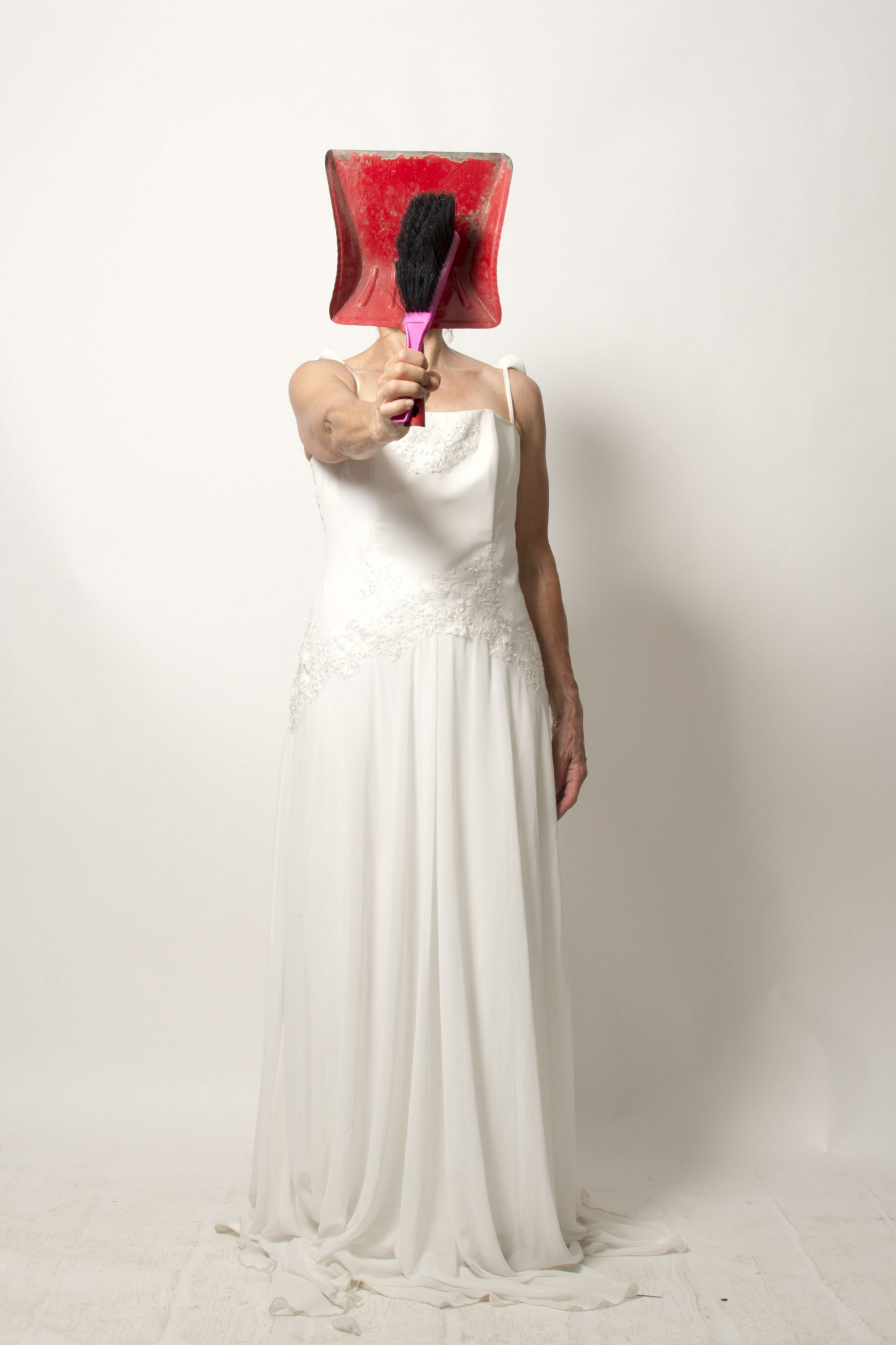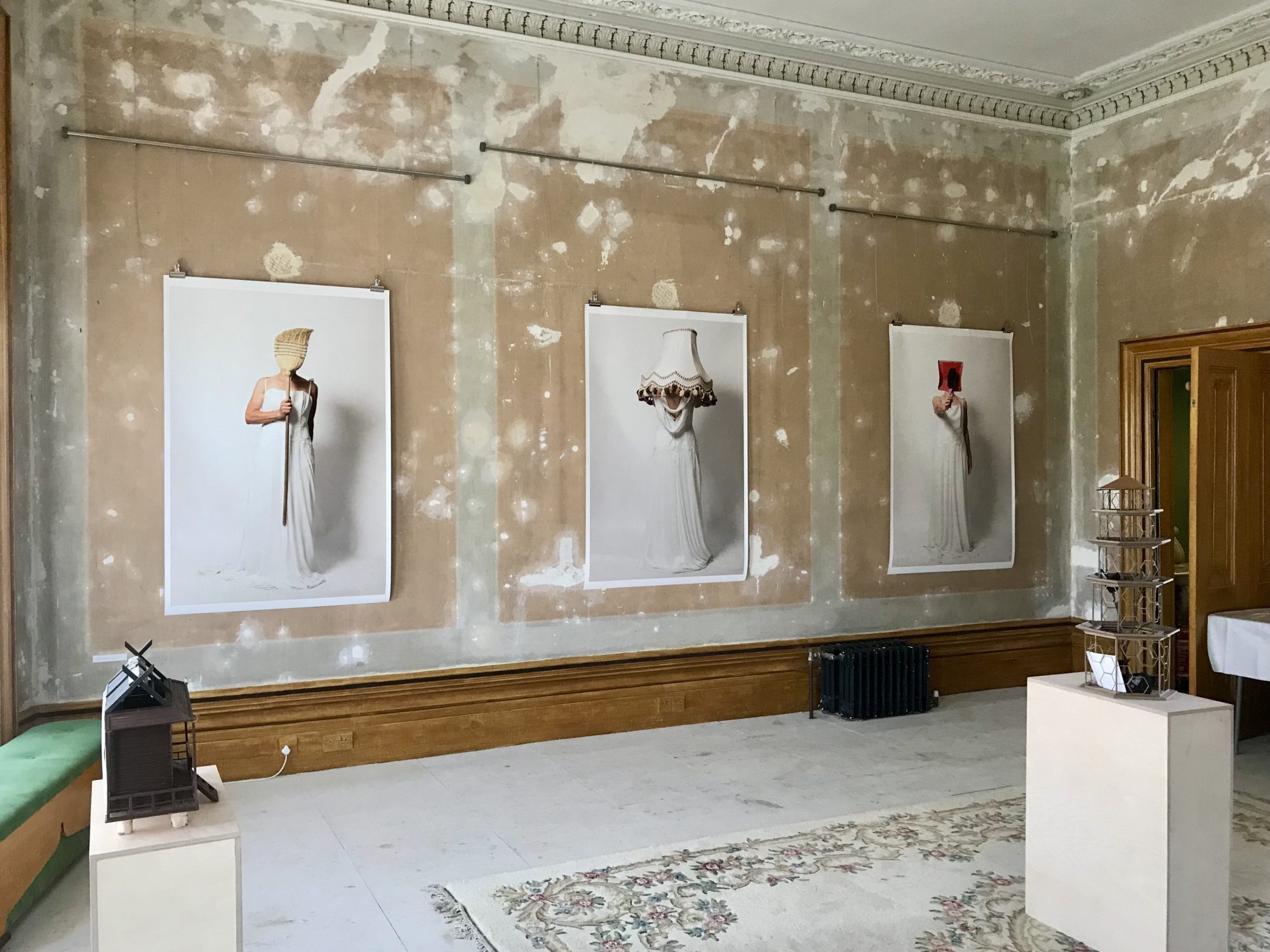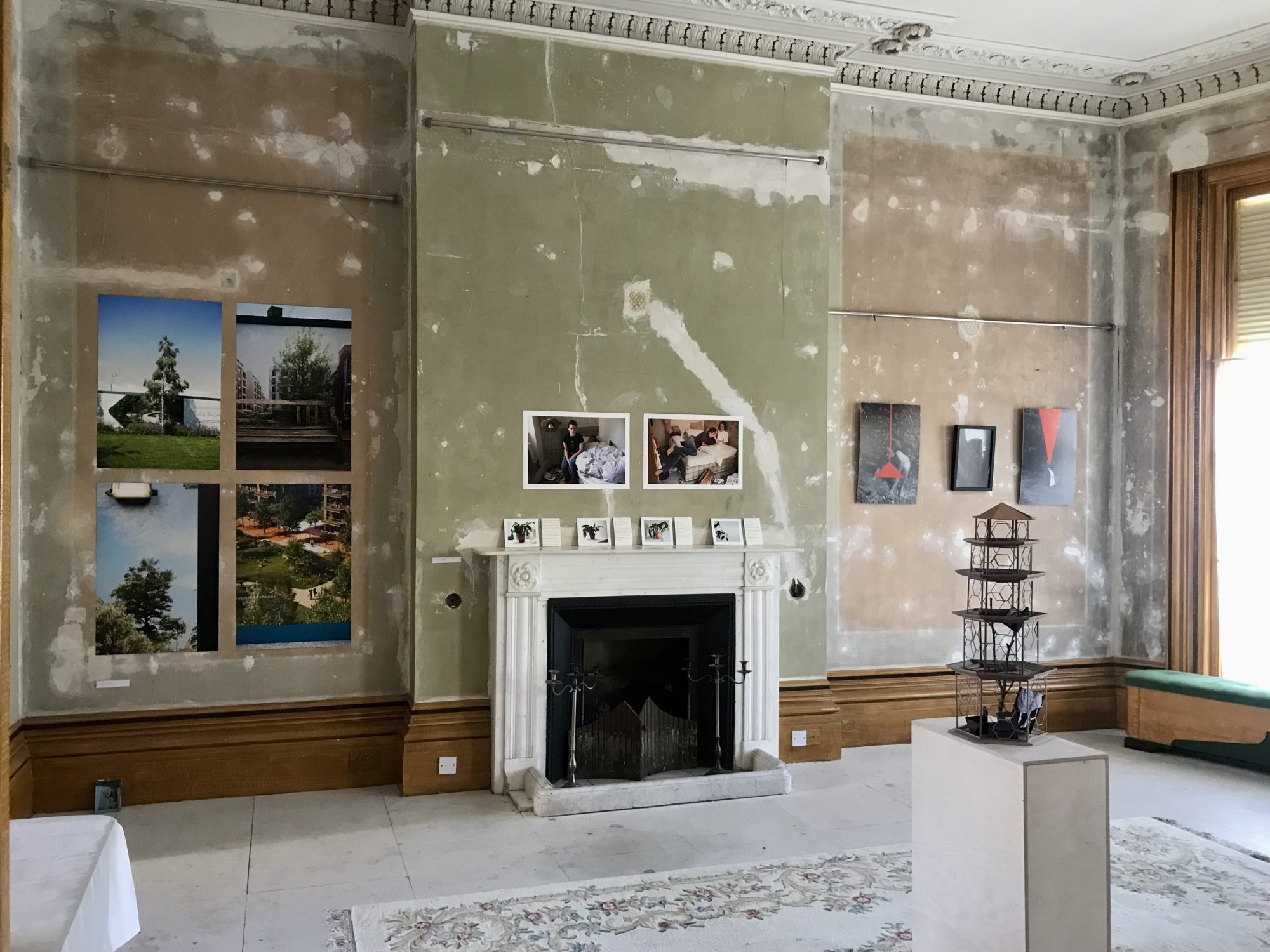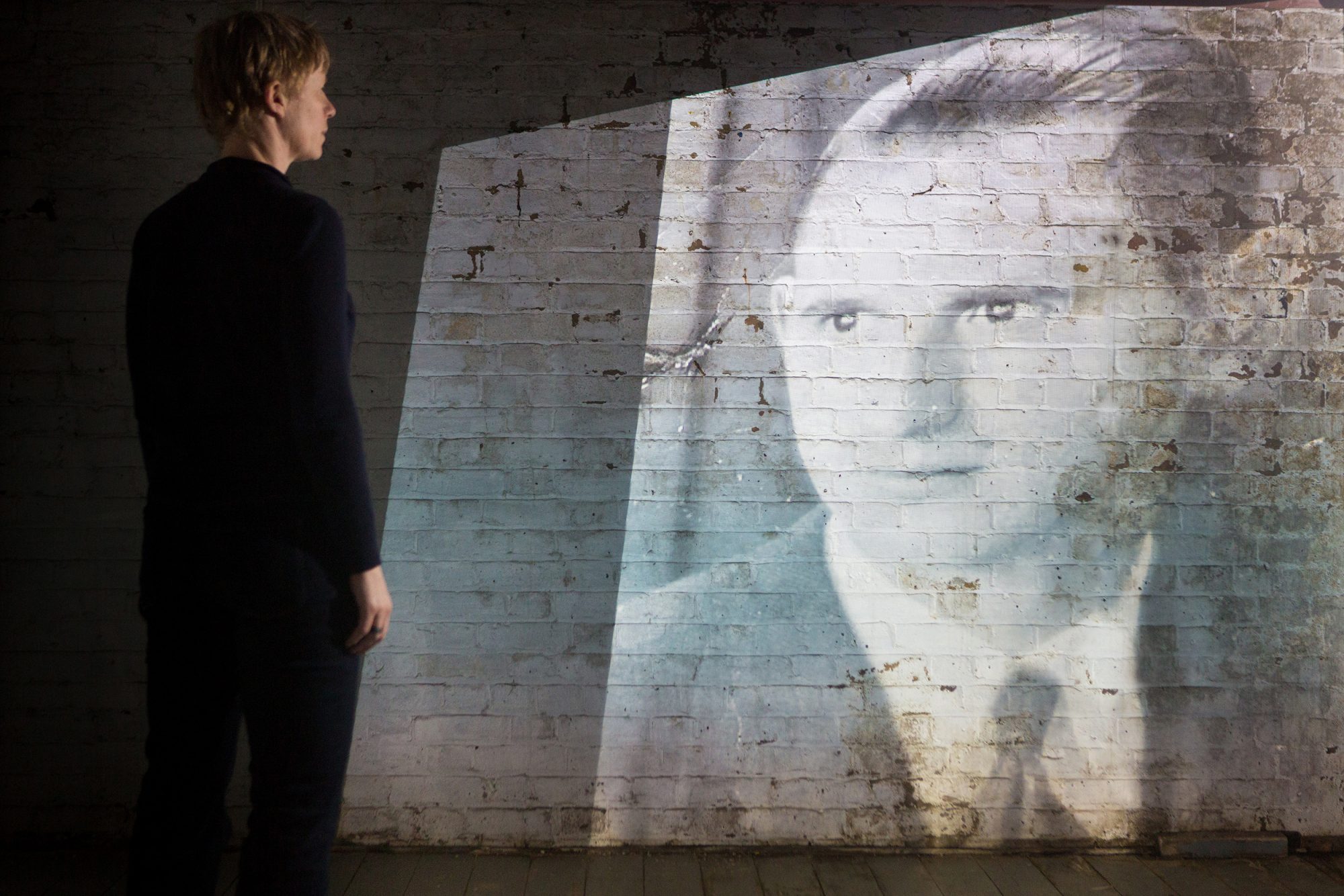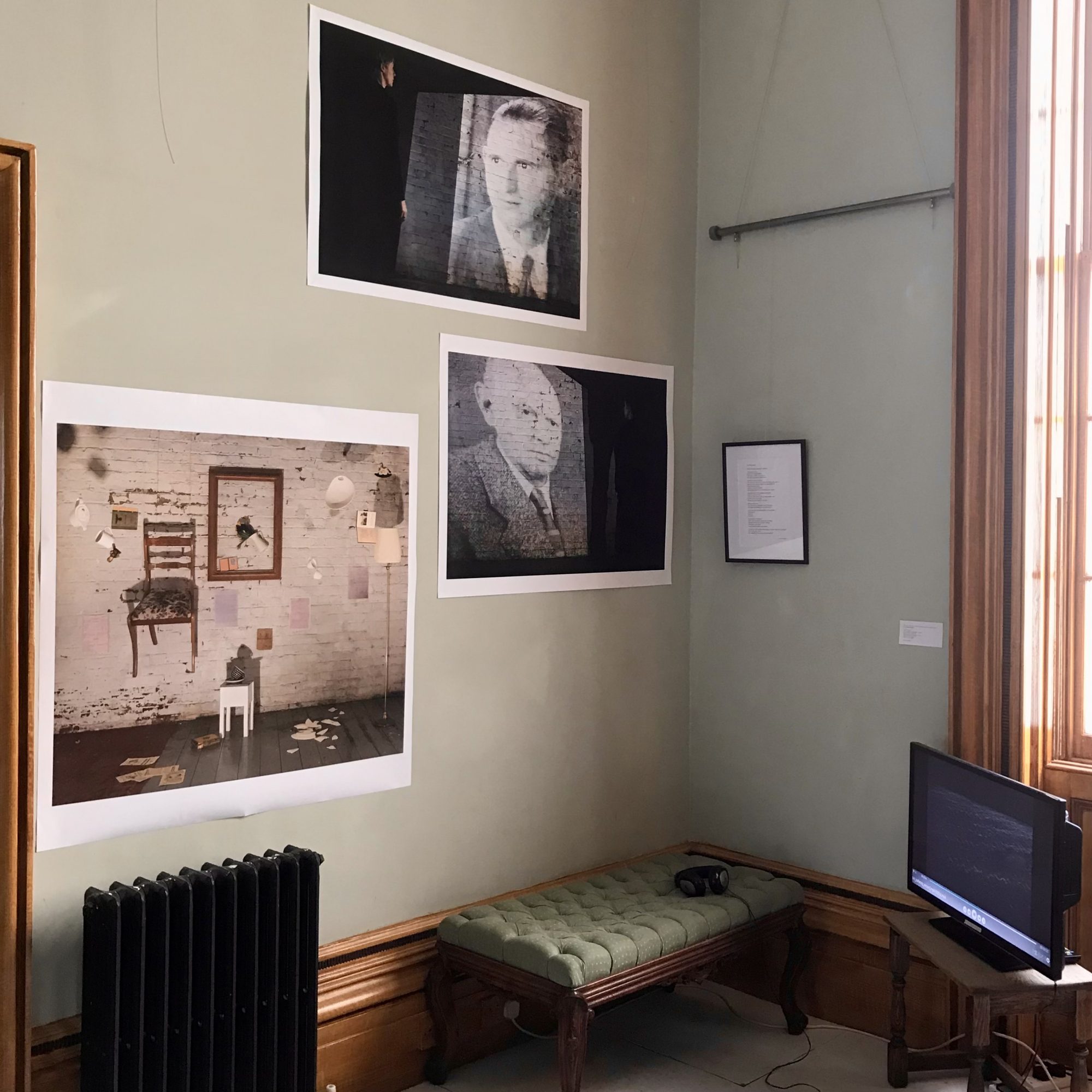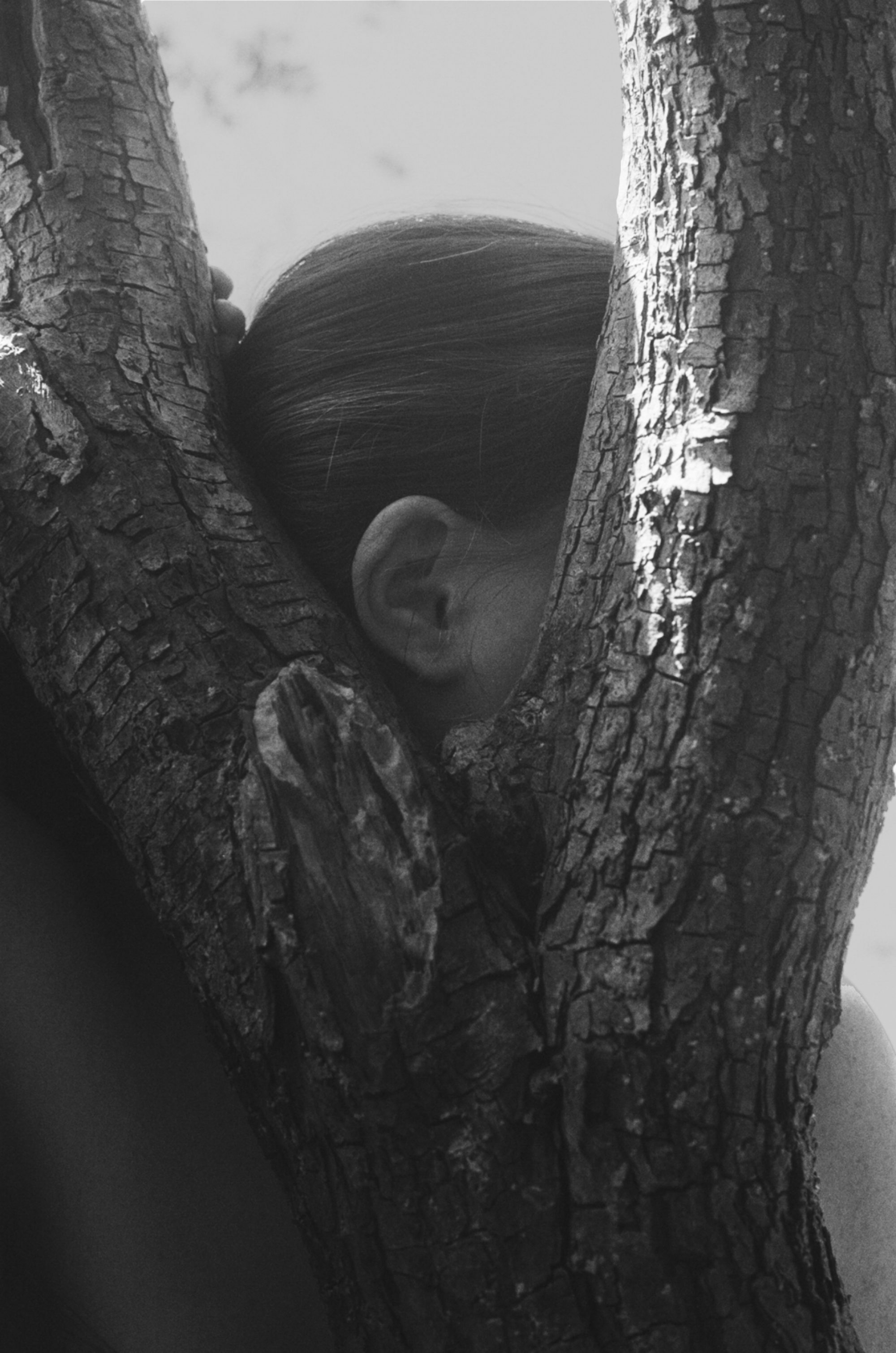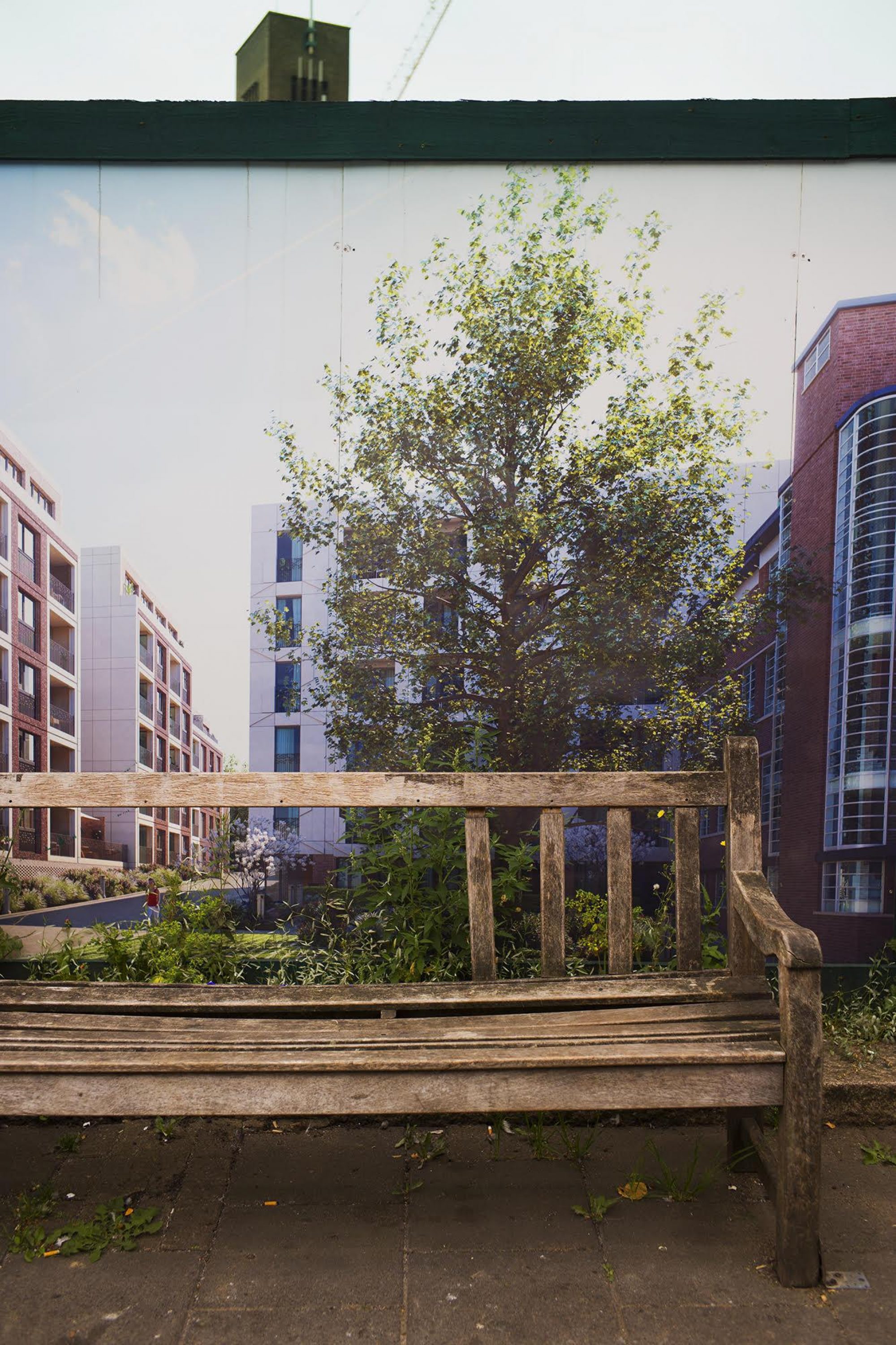Looking for Spiders
Spiders elicit dread and fascination in equal measure. Perhaps owing to the fact that they live on every continent except Antarctica, they appear in folklore and mythology from many different cultures. They symbolise artistry, patience, feminine power, ancient wisdom and balance. And it is said that if a spider makes itself known to you, it is reminding you of your own ingenuity. In this post-lockdown, post Brexit time, aren’t we are all searching for some good fortune, a new way forward and a reminder of our own ingenuity?
The seven artists are all exploring themes related to the imagined places and conditions of utopian/dystopian existence. At this time in history, particularly in the midst of the on-going pandemic, looming environmental catastrophe, and with 27 on-going global conflicts, including war in Europe, it is unsurprising that these extreme non-places resonate so strongly with artists, and even more unsurprising that we find ourselves looking for reminders of our own creative powers, looking for spiders.
Rosie Barnes
To the Dogs
To the Dogs, is a new body of work for Brighton Photo Fringe, that considers our place in this world, using images of dog portraits within their domestic settings.
Throughout history, our ancestors would have painted portraits commissioned, displayed in prominent places - above fireplaces, on staircases, overlooking grand halls.
These portraits would portray the sitter in the most flattering light, to reflect power, virtue, beauty, wealth, taste. Of course, the conveyance of these characteristics was not always truthful. A rather myopic utopia of self.
Today’s commissioned portraits of choice are of our pets, our dogs. It seems things may have shifted. Here, we have dogs as representatives of the natural world. Are they not the ones then who should be revered? They have no ego, they have no need to portray themselves in any special light. They have not, through arrogance and lack of respect for and perceived power over the natural environment, led us to where we are and the dystopic views we face.
For how much longer can we insist upon believing ourselves to be the superior race? Eventually human life will become unsustainable here, and it will be nature who will reclaim. Perhaps we should look with more respect and take more seriously the intelligence and personhood of non-humans. Perhaps here is the future. Not man, but man’s best friend, status elevated and framed - for loyalty, for good, for love, for happiness, a symbol for a better world. A real utopia.
Website
Julia Biro
London’s dreaming - Julia Biro
‘It was the kind of scene that may be observed all over London, whatever the locality – bricks and mortar rising and falling with the restlessness of the water in a fountain,’
EM Forster ‘Howard’s End 1910
Does a city always ebb and flow in this way? Static periods of familiarity followed by change are cyclical, witnessed with the huge growth and development in Victorian times during the expansion of the railway, the mid-war period spread into suburbia via the London underground, and the mass post-war rebuilding of the 1950’s onwards.
London’s Dreaming is born out of city lockdown walks from 2020 to the present; navigating the streets whilst architectural landmarks change so rapidly, resulting in a disorientating and jarring feeling of confusion and loss. On every corner, construction of future housing developments accelerates the emergence of a new city.
Wrapping around empty building sites, hoardings encased in CGI images depict lush environments seductively drawing the onlooker/consumer into a vision of a green city where the sun always shines in blue skies; plants thriving around the happy inhabitants.
In London’s dreaming, Julia Biro has photographed the composite images seen on construction site hoardings as the promise of the future, knowing that once the buildings have become part of our familiar city scenes, these future projections will be lost, thus raising the question of whether they will live up to their utopian ideal.
Website
Susanne Hakuba
Wish You Were Here
Germans of Susanne’s generation (3rd generations) are often confronted with the term “The mercy of late birth”, meaning that they are the lucky ones because they were born after the second world war. While her and subsequent generations indeed were lucky not to have lived during the Third Reich the term represents only a half-truth.
On May 8th, 1945 war in Europe and with it 12 years of national socialist rule in Germany ended. Attitudes, conduct and behavioural patterns, however, did not change from one day to the next. The NS ideology in all its forms didn’t only infiltrate public life but also the private and personal.
Early childhood national socialist education and upbringing continued to have an effect long after 1945. Not only did the damage done to children during the NS time remain potent and can be felt until today but also mothers and fathers continued with the same educational methods after the war. Many of the “children of the war” generation carried remnants of the Third Reich and started families without being aware of the imprints they were passing on to the next generation.
In addition many of them and their parents experienced traumatic events during and immediately after the war which were often not processed and hence have had a psychological impact on the following generations (trans-generational trauma).
Many coped by creating an “utopian surface” where everything had its place and order. Life was carefully organised with strict meal times, rules and a meticulously kept home. It was a carefully woven web trying to prevent any of the underlying dystopia of the confusion, fear, pain and shame caused by the unprocessed past to surface.
This work is part of Susanne’s ongoing project “Don’t mention the war” in which she examines the shadows the Third Reich still casts on her native country, its people and her own life.
The legacy of the Third Reich and trans-generational trauma has not only severely impacted the descendants of the victims of the Third Reich but also descendants of families who have a perpetrator/bystander background. In order to create meaningful change the latter also has to be addressed, and in her work Susanne attempts to penetrate the silence on the perpetrator/bystander side.
While very personal Susanne’s aim is for her work to be a catalyst for people of all nationalities to investigate their own hidden (hi)stories and instigate conversation and meaningful change.
Website
Zara Pears
Criatura 2021-2022
The unconscious expresses itself not through language but through images and symbols. Throughout my practice I return to photography as a medium that allows me to process and gain understanding of both conscious and unconscious thoughts, emotions and desires. This occurs in the process of taking the image or through reflecting on it afterwards. Sometimes the meaning behind the image can be hard to explain and may remain latent for some years. For me, photography can also be a conduit to the world of imagination and daydreaming, a reprieve in a chaotic and unequal world.
‘Criatura’ began as a set of fast free association drawings followed by a compulsion to turn these drawings into photographs; that somehow by making these images it would evoke a purging, a working through, a reconciliation and catharsis. Imaginary symbolic icons are placed over the image inspired by ‘sigils’, line diagrams designed for ceremonial magic developed during the Middle Ages and Renaissance. ‘Criatura’ represents a process of individuation, transformation and reclamation through a reimagining of the ‘wild women’ archetype.
Website
Kim Shaw
I Know You Wear Your Wings
Hans Hoffman, one of the most influential art teachers of the 20 th century and the founder of the first modern school of art, is reported to have remarked to sculptor Lila Katzen “Only men have the wings for art.” While widely recognised as a “male chauvinist,” Hoffman was, curiously, credited with teaching some of the most gifted women artists of his time, including Lee Krasner and Ray Eames.
The two works presented at Brighton Photo Fringe are part of an on-going body of work which takes this quote, “Only men have the wings for art,” as its central provocation. The work can be seen as a conversation between generations of women, a refutation and a warning. The first presented space, in the form of a teahouse called Mu, reflects on the grounding of women through the fetishization of female youth. The second presented space, entitled “Wingbeat,” can be variously interpreted as a highly symbolic pagoda, a hive or a cage. It reflects on the maternal inheritance, the passing down of the weight of stifled, unfulfilled dreams to our daughters, and the hope that they will be the ones to fly, finally.
The title of this work was inspired by a Sunday Times article in which Nazanin Zaghari-Radcliffe wrote, in response to the death of Mahsa Amini, “Stop a generation of women from running, and they give birth to girls with wings.”
Website
Kim Thornton
The Bouquet
In these images a wedding tradition has been subverted to humorously examine gender inequality in the home. There is a long history of brides carrying wedding bouquets. In the Middle Ages strong smelling plants like herbs were thought to deflect evil spirits and bad luck whereas in Ancient Rome flowers were associated with new beginnings and fertility. The Victorians developed a flower language with different sentiments and meanings attached to flowers with the bride’s bouquet blooms becoming her special flowers for the rest of her life.
This bride is holding up symbols of domesticity to represent what is still expected of her in the forthcoming partnership. Despite perceived changes in the sharing of household chores, women are still responsible for a greater proportion of domestic and childcare tasks and covid has widened that gap. In The Bouquet the woman’s face is obscured by the domestic object to symbolise the invisible work they carry out and the lack of recognition for these tasks. Unlike historical protective posies, these bouquets bring no relief to the daily grind.
The titles of this series were taken from Interflora’s bridal bouquet names in 2019.
Website
Verity Welstead
Time to go
Empty nest syndrome is something that Verity Welstead, the mother of three daughters, thought would not happen to her. But as the inevitable moveout date drew closer, she was at times consumed by feelings of anticipated grief. She occupied herself with taking portraits around the period leading up to departure day. A chance conversation with a gardener at a local garden centre made her see how a plant had echoes of her own life and allowed her to use it as a metaphor for what she was experiencing.
The images of two of her daughters shown here are part of a larger series and were taken shortly after the move from the family home. These accompany photos of the plant that ‘spoke’ to her during the period before ‘the move’.
Website
13 Brunswick Square
Hove
BN3 1EH
Map
6–9 October
Thursday 12:00–18:00
Friday 12:00–18:00
Saturday 12:00–18:00
Sunday 12:00–18:00





